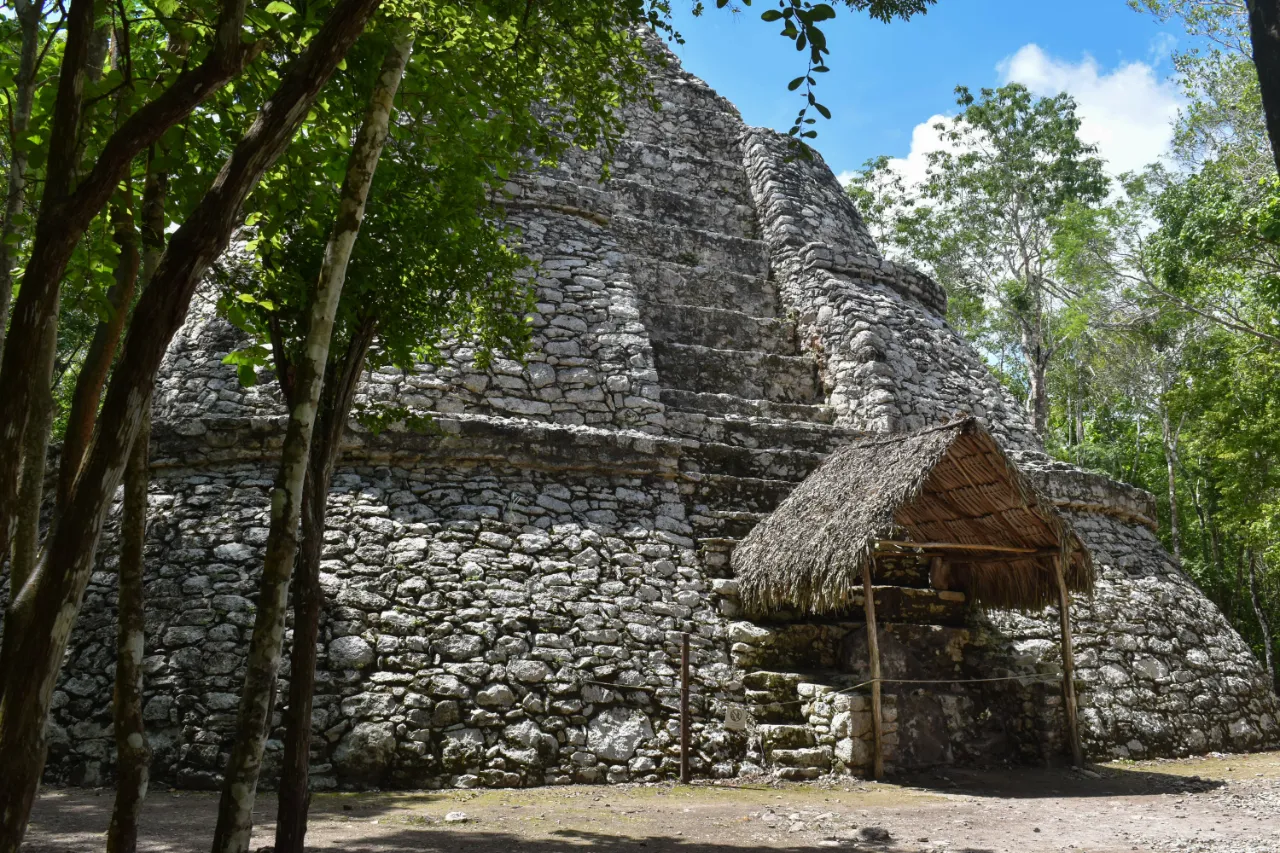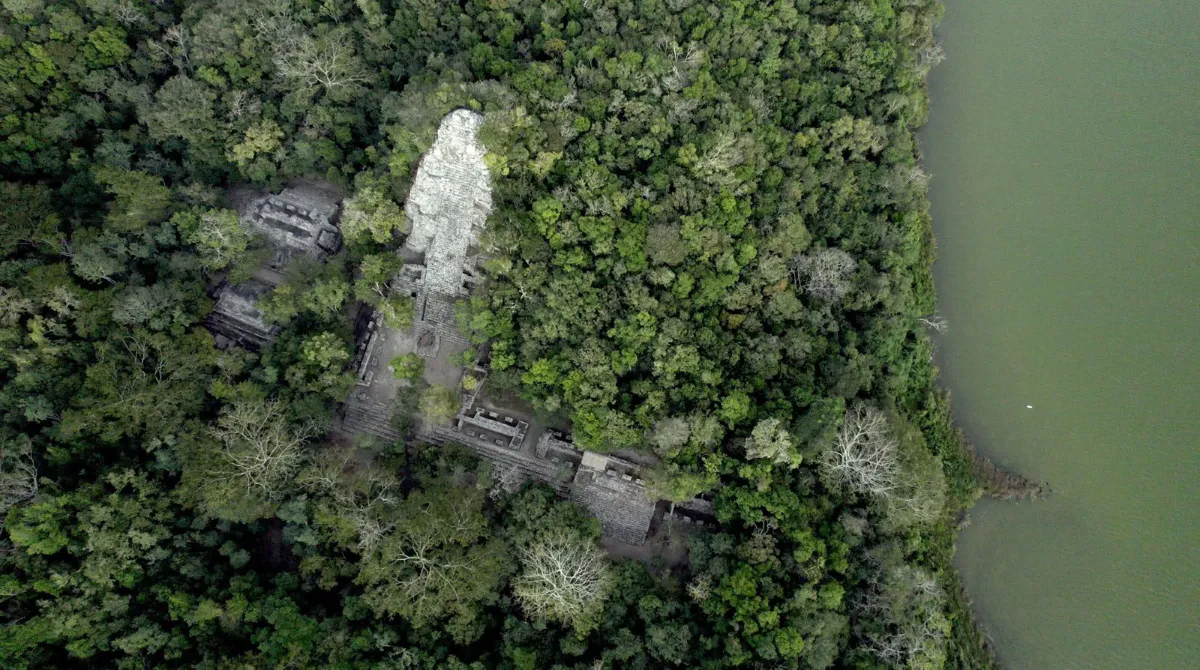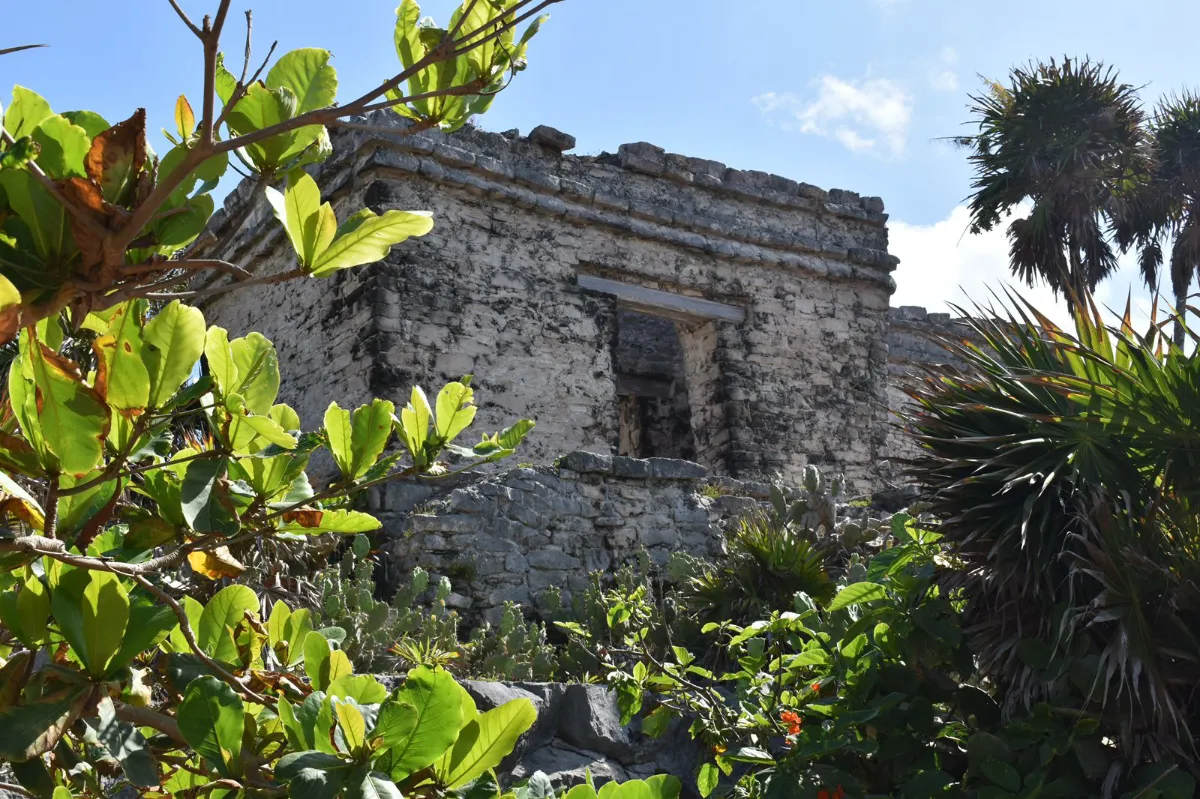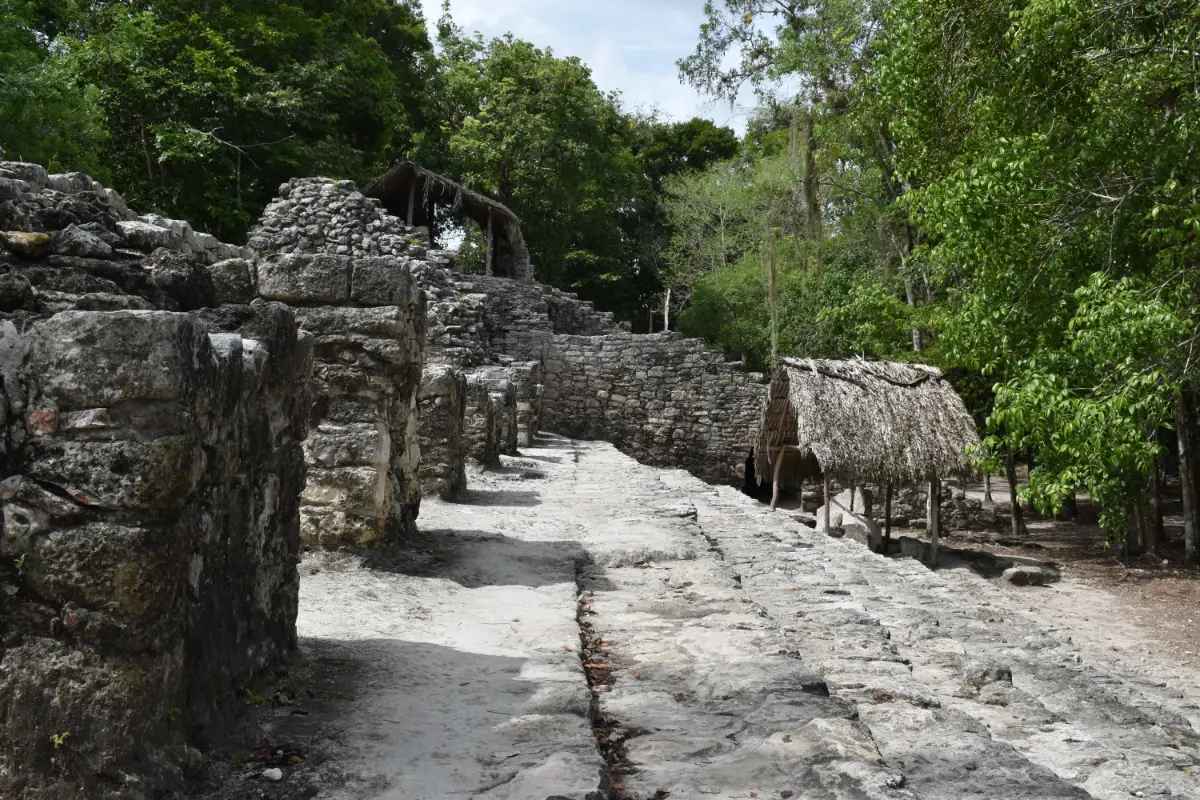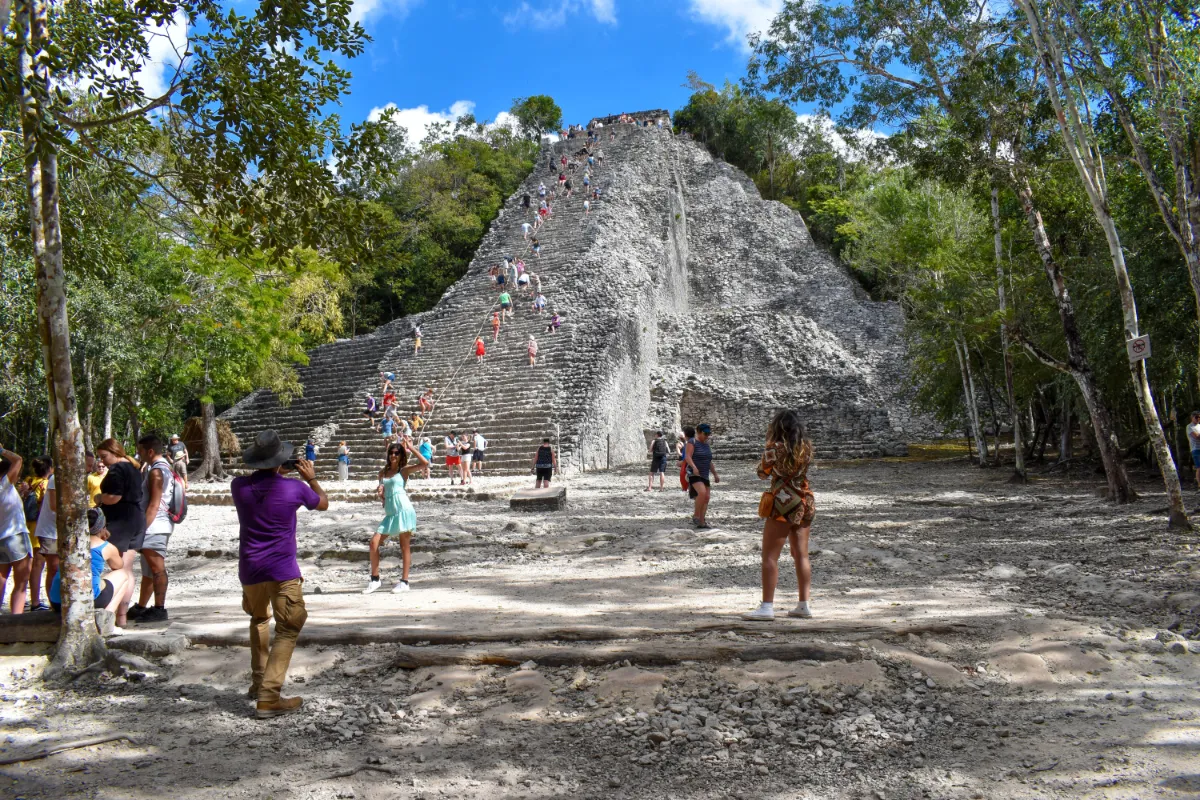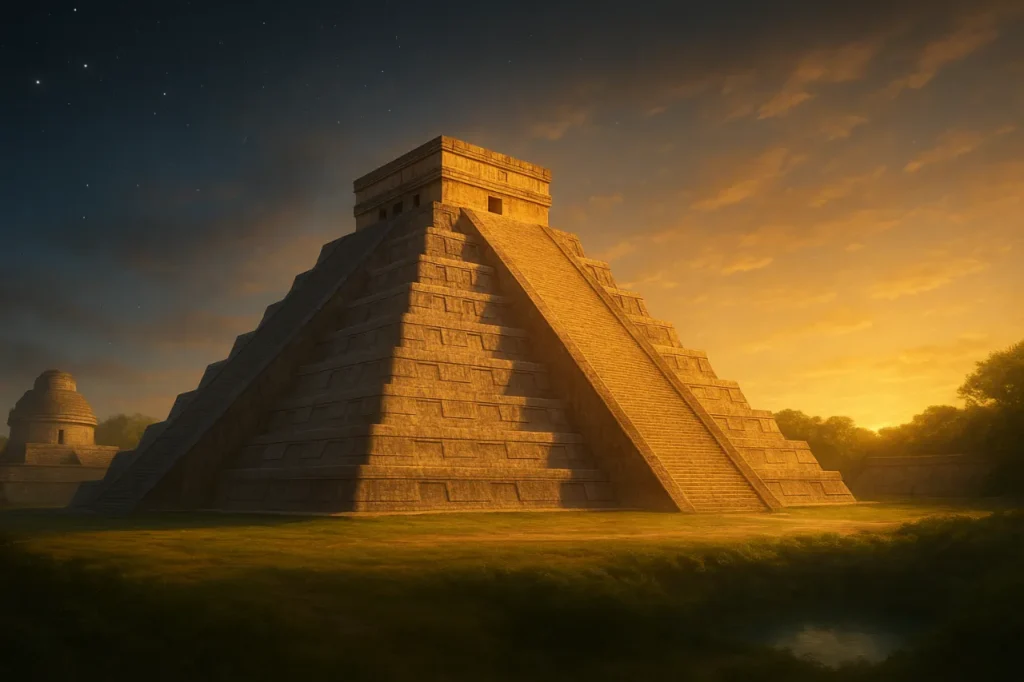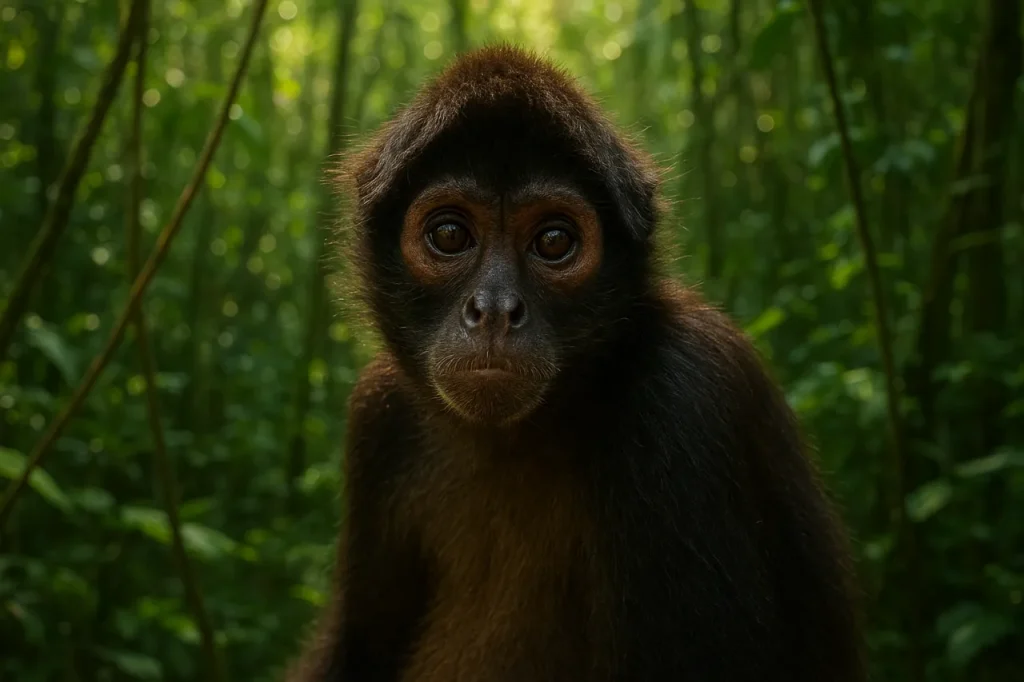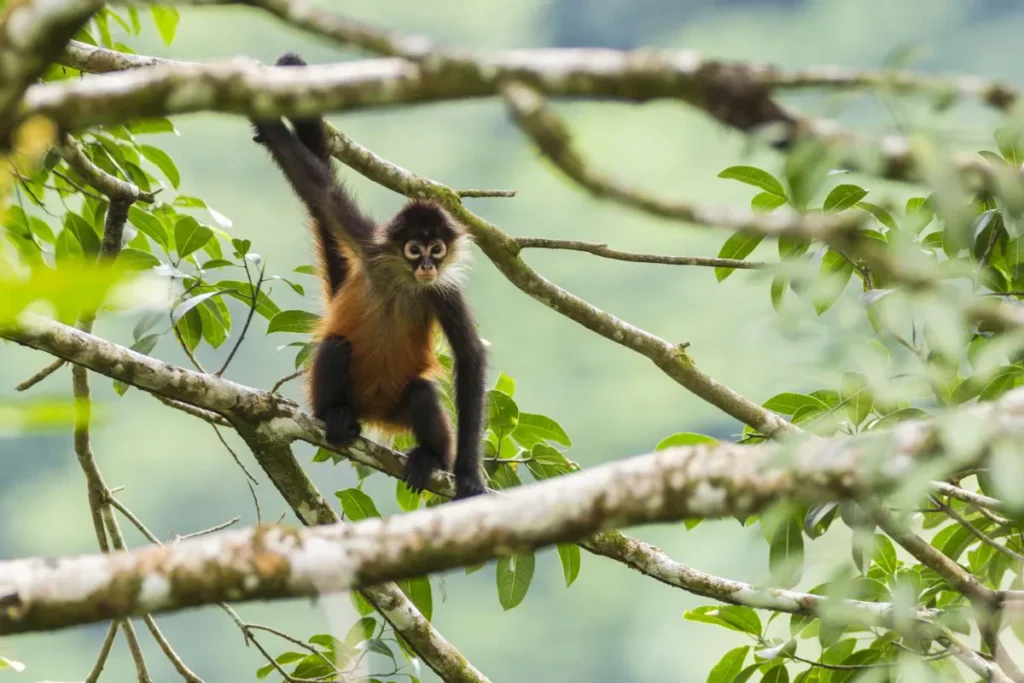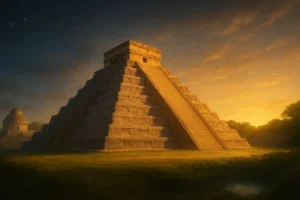The Coba ruins Tulum offer a glimpse into the ancient Maya civilization. Nestled in the dense jungle of Mexico’s Yucatán Peninsula, this site presents a unique opportunity for exploration. Visitors can navigate the expansive grounds, engaging with the rich history and vibrant culture. Coba’s remote location provides an adventurous experience away from the crowds, making it an ideal destination for those seeking an immersive journey through time.
Best Times to Visit
Choosing the right time to visit Coba can greatly enhance the experience of exploring this ancient site. Factors such as weather, crowd levels, and local events can influence the overall enjoyment of the visit.
The dry season, which runs from November to April, is considered the best time to experience Coba. During these months, clear skies and moderate temperatures create ideal conditions for outdoor exploration. The average temperatures range from the mid-70s to mid-80s Fahrenheit, making it comfortable to wander through the extensive ruins and navigate the jungle paths.
However, even within the dry season, there are variations to consider:
- November to December: This period marks the beginning of the dry season, and it often experiences fewer tourists compared to the peak months of January and February. The atmosphere is tranquil, allowing for a more intimate connection with the ancient ruins.
- January to February: These months are the most popular times to visit due to pleasant weather and the absence of rain. While the site can be busier, the vibrant energy and the opportunity to meet fellow travelers make it enjoyable.
- March to April: As spring breaks roll in, visitor numbers increase, particularly around Easter. Despite the crowds, the lush greenery and blooming flowers create a stunning backdrop for exploration.
The rainy season, from May to October, brings higher humidity and frequent afternoon showers. While the temperatures can still reach the high 80s, the rains can disrupt outdoor plans. However, visiting during this time has its perks:
- Less Crowded: Fewer tourists visit Coba during the rainy season, allowing for a more peaceful experience while exploring the ruins.
- Vibrant Landscape: The jungle comes alive during the rainy months, resulting in lush vegetation and vibrant colors that enhance the scenery considerably.
- Lower Prices: Many accommodations and services may offer discounted rates during the offseason, making it a more budget-friendly option for travelers.
Another important consideration is the time of day. Early morning visits are ideal for avoiding the midday heat and larger crowds. Arriving at the opening time of 8 a.m. allows for an uncrowded exploration of the significant structures, including the towering Nohoch Mul pyramid. The soft morning light casts a magical glow over the jungle, adding to the enchantment of the setting.
In contrast, late afternoon trips offer the advantage of cooler temperatures as the sun begins to set. This can create excellent opportunities for photography amid the golden light. The jungle’s ambiance changes dramatically as evening approaches, contributing to an immersive experience of ancient history within a living ecosystem.
Ultimately, the best times to visit Coba depend on personal preferences regarding weather, crowd levels, and desired experiences. Each season offers unique opportunities to discover the fascinating remnants of the Maya civilization, catering to various interests and travel styles.
Emphasizing Sustainable Tourism
Coba offers a unique opportunity to engage with the past while embracing principles of sustainable tourism. As awareness of the environmental impact of travel increases, the importance of protecting ancient sites like Coba becomes paramount. Sustainable tourism practices help preserve the site’s cultural heritage and natural environment, ensuring that future generations can experience its wonders.
Visitors are encouraged to adopt eco-friendly behaviors during their exploration of Coba. These practices not only minimize the tourist footprint but also contribute positively to the local community. Implementing simple changes can lead to a significant impact in preserving the integrity of this historical site. Here are some key aspects to consider:
- Respect Nature: The lush jungle surrounding the ruins is home to diverse flora and fauna. Staying on marked paths and avoiding stepping on vegetation helps preserve the local ecosystem. Birdwatchers and wildlife enthusiasts will find plenty to marvel at, and maintaining a respectful distance is crucial.
- Leave No Trace: Adopting a Leave No Trace approach is essential. This means taking all trash with you, minimizing noise, and not disturbing the wildlife. By doing so, travelers contribute to maintaining Coba’s pristine environment.
- Support Local Vendors: Engaging with local artisans and vendors is a great way to promote sustainable tourism. Purchasing handmade crafts or locally sourced food directly supports the community. Visitors enjoy authentic experiences while ensuring that their spending benefits local families.
- Choose Eco-Friendly Transport: While navigating the extensive site, opting for bikes or bicitaxis powered by human energy reduces carbon emissions. This not only enhances the adventure but also aligns with sustainable travel practices.
The local government and organizations are also working tirelessly to promote sustainable initiatives. They implement measures to minimize the impact of tourism on Coba’s infrastructure and environment. Education programs help both visitors and local residents understand the significance of conservation efforts in the region.
Moreover, collaboration with local communities ensures that tourism development benefits residents rather than displacing them. Such efforts include training programs aimed at equipping locals with skills in hospitality and sustainable practices. When the community thrives, the authenticity of the visitor experience improves, creating a win-win situation.
Engagement in these sustainable initiatives enhances the overall visit to Coba. By becoming conscious travelers, visitors not only help protect an invaluable cultural heritage but also gain a deeper understanding of the connectivity between the ancient Maya civilization and today’s ecosystem.
Through mindful tourism, the legacy of Coba can be preserved for future adventurers to enjoy. By prioritizing sustainability, a balance can be struck between exploring the ruins and safeguarding them for generations to come. This responsible approach makes each visit not just an adventure but an investment in the preservation of history.
Engaging with Local Culture and History
The experience of visiting the Coba ruins extends beyond mere exploration of ancient structures; it provides a genuine connection to the local culture and the rich tapestry of history that surrounds the area. This interaction is a vital aspect of appreciating the Mayan heritage and the ongoing legacy of the descendants living in the region today.
Visitors can delve into local culture through various avenues, including:
- Community Tours: Engaging with local guides often opens doors to stories and insights that are not commonly found in guidebooks. These community-guided tours offer perspectives on the history, customs, and daily life of the modern Maya people, enriching the overall understanding of the site.
- Cultural Workshops: Participating in workshops that focus on traditional crafts, cooking, or music allows visitors to experience the cultural practices that have persisted through generations. Such hands-on engagement fosters a deeper appreciation for the skills and traditions of local artisans.
- Local Festivals: Time spent in the region may coincide with cultural festivals that celebrate Mayan history and traditions. These events often feature traditional dances, food, and rituals, providing an immersive experience that connects the past with the present.
The historical significance of Coba cannot be overstated. Once a thriving metropolis, this ancient city was integral to the Mayan civilization. As explorers walk through the ruins, they can observe the architectural remnants that speak to the ingenuity and cultural practices of their ancestors. The famous Nohoch Mul pyramid stands as a monumental testament to the skill and creativity of the Maya builders.
In this mystical setting, visitors can also witness the sacred sites that were once pivotal in religious ceremonies. The presence of stelae and altars throughout the area is a reminder of the important rituals conducted here. Each stone tells a story, etched in time, reflecting the social and political landscape of the civilization.
Engaging with local history can also occur through the exploration of nearby cenotes. These natural sinkholes were vital to the Mayan way of life, serving as water sources and spiritual places. Understanding their significance offers an additional layer to the historical narrative of the region.
Furthermore, supporting local artisans and businesses can deepen cultural exchanges. Purchasing handcrafted goods not only helps sustain traditional practices but also fosters economic development within the community. Engaging with the local economy allows visitors to return home with unique souvenirs that carry stories and significance.
Coba remains a living testament to a culture that, while ancient, continues to evolve. By immersing in the local culture and history, visitors enhance their appreciation for this remarkable site. It is through meaningful connections that the legacy of Coba remains vibrant and relevant, ensuring that the lessons of the past continue to inform the present.
Planning Your Visit
Preparing for a trip to Coba involves several considerations to ensure an enjoyable and enriching experience. The right planning helps avoid unnecessary stress and maximizes the opportunity to explore this remarkable archaeological site.
The journey to Coba can be part of the thrill. It is located about 45 minutes west of Tulum, making it accessible for day trips or extended visits. Travelers have various options for transportation, including:
- Renting a car for flexible travel.
- Taking a taxi for a direct and comfortable ride.
- Utilizing public transportation, with frequent bus services from Tulum.
Choosing the right time to visit is critical. The site opens at 8 a.m., and arriving early can provide a more serene atmosphere while avoiding the midday heat. The cooler morning hours also allow visitors to enjoy the lush jungle surroundings in a more pleasant climate.
It’s essential to consider visiting on weekdays rather than weekends to sidestep larger crowds. This decision enhances the opportunity to engage with the ruins more intimately and enjoy the tranquil environment.
Once at the site, navigating Coba presents options that add to the experience. Two popular methods to explore the extensive grounds include:
- Walking along the paths for an immersive experience.
- Renting bicycles that allow for quicker movement around the site.
- Using a ‘bicitaxi’, a local cycle taxi that offers a unique way to traverse the area.
As for what to bring along, packing wisely enhances comfort and enjoyment. Some recommended items include:
- Comfortable clothing suitable for warm weather, allowing for ease of movement.
- Sturdy footwear ideal for walking on uneven terrain.
- Sufficient water to stay hydrated during exploration.
- Sun protection, such as sunscreen and a hat, to shield from the bright sun.
- A camera to capture the stunning vistas and historical architecture.
Setting aside adequate time to appreciate both the historical and natural surroundings is vital. Plan for at least half a day to explore the ruins thoroughly. Biking or walking through the jungle paths adds to the sense of adventure, with each turn revealing new sights and sounds.
For those interested in the historical context, engaging with local guides can provide insightful information and enrich the experience. Many guides are knowledgeable about the significance of the ruins, the culture, and the history of the Maya civilization.
Coba’s layout invites exploration beyond the main ruins, including opportunities to observe local wildlife and experience the area’s natural beauty. Taking time to wander off the beaten path can lead to unique discoveries, offering a deeper connection to the surroundings.
Ultimately, planning a visit to Coba involves anticipating the adventure ahead. By considering transportation, timing, and preparation, travelers can immerse themselves fully in the rich tapestry of history and culture that the ruins embody.
Adventure and Activities at Coba
Exploring the Coba ruins is a thrilling adventure, seamlessly blending exhilaration with the allure of ancient history. Nestled deep within the lush jungles of the Yucatán Peninsula, Coba offers a unique opportunity to traverse expansive archaeological grounds that are relatively untouched by mass tourism. Visitors can immerse themselves in both the remarkable ruins and the vibrant natural surroundings.
One of the most popular ways to navigate the site is by bicycle. Renting a bike allows for a fun and efficient means of transportation, enabling explorers to cover more ground while enjoying the views of the towering trees and flourishing vegetation that envelop the ruins. Cycling through the jungle paths creates a sense of adventure and provides a chance to spot various wildlife, including exotic birds and perhaps even monkeys, making the journey to each site an experience in itself.
For those seeking a unique twist on traditional exploration, the option of a bicitaxi is available. This three-wheeled taxi service not only offers a chance to rest but also provides insightful commentary from local drivers. Riding in a bicitaxi can be an entertaining way to engage with the surroundings and enjoy the serene atmosphere of the ancient city.
One of the highlights of visiting Coba is the chance to climb Nohoch Mul, the tallest pyramid in the Yucatán. Standing at an impressive 42 meters (137 feet), this structure offers an unforgettable challenge as visitors ascend its 120 steep steps. The view from the top reveals a stunning panorama of the surrounding jungle and the ancient structures that lie scattered throughout the site. The thrill of reaching the summit is enhanced by the sense of accomplishment and a profound connection to the history of the Maya civilization.
- Exploring the different groups within Coba is part of the adventure. Visitors can discover sites like:
- The Group Coba, which features the notable Iglesia and one of the two ball courts.
- The Conjunto de Pinturas, famed for its ancient frescos that provide insight into the artistic representation of the Maya.
- The Group Macanxoc, notable for its impressive steles and altars.
In addition to the ruins, Coba is perfectly situated near breathtaking cenotes, which provide a refreshing respite after a day of exploration. Cenotes such as Choo Ha and Tamchaha are just a short drive away, offering stunning swimming spots in crystal-clear waters surrounded by natural beauty. The serenity of these natural pools invites visitors to relax and rejuvenate, adding another layer of enjoyment to the overall Coba experience.
The adventure at Coba is not merely about the physical activities but also encompasses an atmosphere of discovery. Every path taken and every structure encountered carries with it the essence of a once-thriving civilization. Engaging with these ancient sites evokes curiosity, prompting visitors to ponder the lives of the Maya who once walked the same paths.
Ultimately, the blend of cycling, climbing, and exploring within the intricate jungle setting at Coba creates an extraordinary atmosphere, making each moment feel like part of a grand adventure. The opportunities to engage physically with the landscape while immersing in cultural history ensure that a visit to this less-traveled route enriches the spirit of adventure travelers.
Tips for an Unforgettable Adventure
Exploring the Coba ruins offers a unique adventure that combines history, culture, and breathtaking natural beauty. To fully enjoy this experience, consider the following tips for a memorable visit.
- Arrive Early: Getting to Coba as soon as it opens at 8 a.m. can enhance the experience. Early visits provide cooler temperatures and fewer tourists, allowing for a more intimate exploration of the site.
- Wear Comfortable Footwear: The extensive site includes a variety of terrains, from dirt paths to cobblestone roads. Wearing sturdy shoes is essential for navigating the ruins while ensuring comfort during the trek.
- Stay Hydrated: The tropical climate can be quite warm, especially in the midday sun. Carry plenty of water to stay hydrated, and consider bringing a reusable water bottle to minimize waste.
- Plan for Sun Protection: Bring sunscreen to protect against the strong sun exposure. A wide-brimmed hat and sunglasses can also help in keeping comfortable while exploring.
- Consider Renting a Bike: The site is vast, with over 80 square kilometers to cover. Renting a bike can be an exciting way to navigate the ruins, providing both ease of travel and the thrill of adventure.
- Respect the Ruins: While exploring, it is crucial to respect the ancient structures. Avoid climbing on any ruins other than the designated Nohoch Mul pyramid to preserve their condition for future generations.
- Engage a Local Guide: Hiring a knowledgeable guide can enrich the experience. They can offer insights into the history, architecture, and significance of each structure, enhancing the understanding of this vibrant culture.
- Explore Nearby Cenotes: Take advantage of the opportunity to visit nearby cenotes such as Choo Ha and Tamchaha after the ruins. These natural swimming holes are perfect for a refreshing dip post-exploration.
- Bring a Camera: Capture the stunning vistas and intricate details of the ruins. The juxtaposition of ancient structures against the lush jungle makes for fantastic photography opportunities.
- Plan for a Full Day: Allocate sufficient time to explore the site without feeling rushed. A full day allows for thorough exploration at a leisurely pace and the chance to absorb the rich history and stunning surroundings.
Staying aware of wildlife can add to the experience, as Coba is home to diverse flora and fauna. Observing local animals, particularly the playful spider monkeys, can enhance the adventure and provide a deeper connection to the ancient civilization that occupied this land.
Lastly, maintaining an open mind and a sense of wonder will make the visit even more rewarding. The blend of adventure, history, and nature creates an unforgettable experience that resonates long after leaving the ruins.

